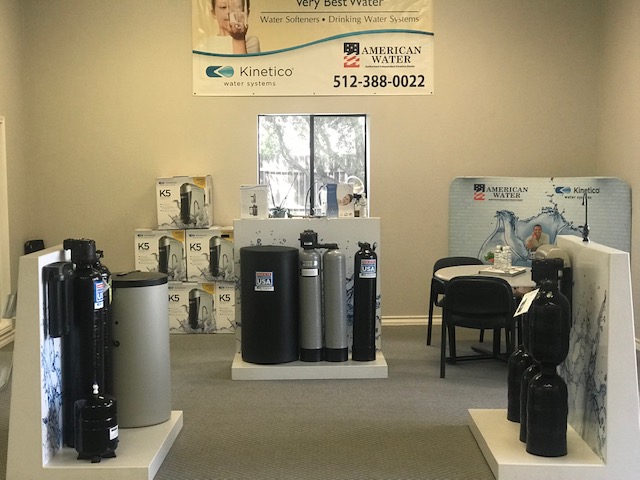An expanding population as well as ever altering way of life suggests we are making use of roughly 55% even more water now than we did 25 years ago. As a result, we are putting an enhancing strain on our water products as well as at the same time unnecessarily costing our companies, institutions, medical facilities and also business facilities money which could be spent elsewhere. By preparing the content of a restroom to include water-saving campaigns considerable financial savings can be made. Eco Washrooms (UK) has actually put together the following reality sheet to assist our customers to find out exactly how:
Toilets/Cisterns:
Water Conserving Cisterns – Present water laws need bathrooms to flush on a maximum of 6 litres. Nonetheless over 60% of WCs mounted in the UK still have tanks that flush on 7.5, 9, 11 and even 13 litres. Mounting a 6-litre WC and tank could conserve anything from 20% to 50% of the water each year. On top of that 4.5-litre tanks are now offered significant additional water cost savings can be made.
Dual flushing – Because you don’t constantly need a full flush whenever you go to the toilet, double flush tanks give the choice of providing 2 flush choices. A small button supplies 4 litres for a short flush; a large button delivers 6 litres for a long flush.
Delayed flush cisterns – This innovation avoids the commode tank from being loaded with water before the flush is full, assuring no extra water is lost. This is especially suitable in high-water pressure scenarios.

Restrooms:
Waterless Urinals – Waterless urinals accomplish 100% water savings compared to a routine tank-fed choice. Simply one waterless restroom can save over 87,000 litres of water each year. In addition to the obvious water-saving benefits additional benefits consist of:
- The convenience of maintenance – no tanks as well as pipeline work to leak.
- Much fewer blockages – no water as well as pee mix indicates no uric acid which triggers blockages.
Rest Room Flush Controls – A urinal tank delegated drip as well as purge will do so roughly when every 3 to 4 mins bring about significant water wastefulness, specifically in a reduced-use bathroom. Flush controls have actually been developed to lower the number of times the flush is activated. This can result in restrooms flushing either after every use or every 30 minutes, relying on choice.
Direct Flush – A direct flush shutoff set up right into a commercial bathroom is fed straight from a main supply which means there is no demand for a tank. This allows the facilities manager to pre-identify the water volumes experiencing the restroom system. Perfect for heavy usage restrooms, specifically public toilets, airport terminals, bars etc.
Taps & Mixers
Self-closing taps – Self-closing taps, likewise called non-concussive taps, can be readied to complete a pre-determined amount of time – commonly 10 to 15 seconds. This is accomplished at installation. This indicates faucets are not left on by accident along with making certain restrooms are not flooded. Suitable for schools as well as high uses areas such as flight terminals.
Automatic Sensing Unit Touches – Run by either mains electric supply or from a replaceable battery an infrared motion sensor opens up as well as closes a solenoid valve which begins as well as stops the water flow. This implies providing the precise quantity of water at the right time leading to minimal water wastefulness according to this post in Supanet.


